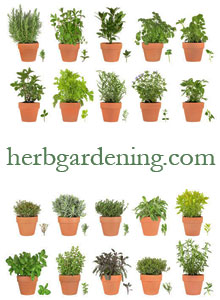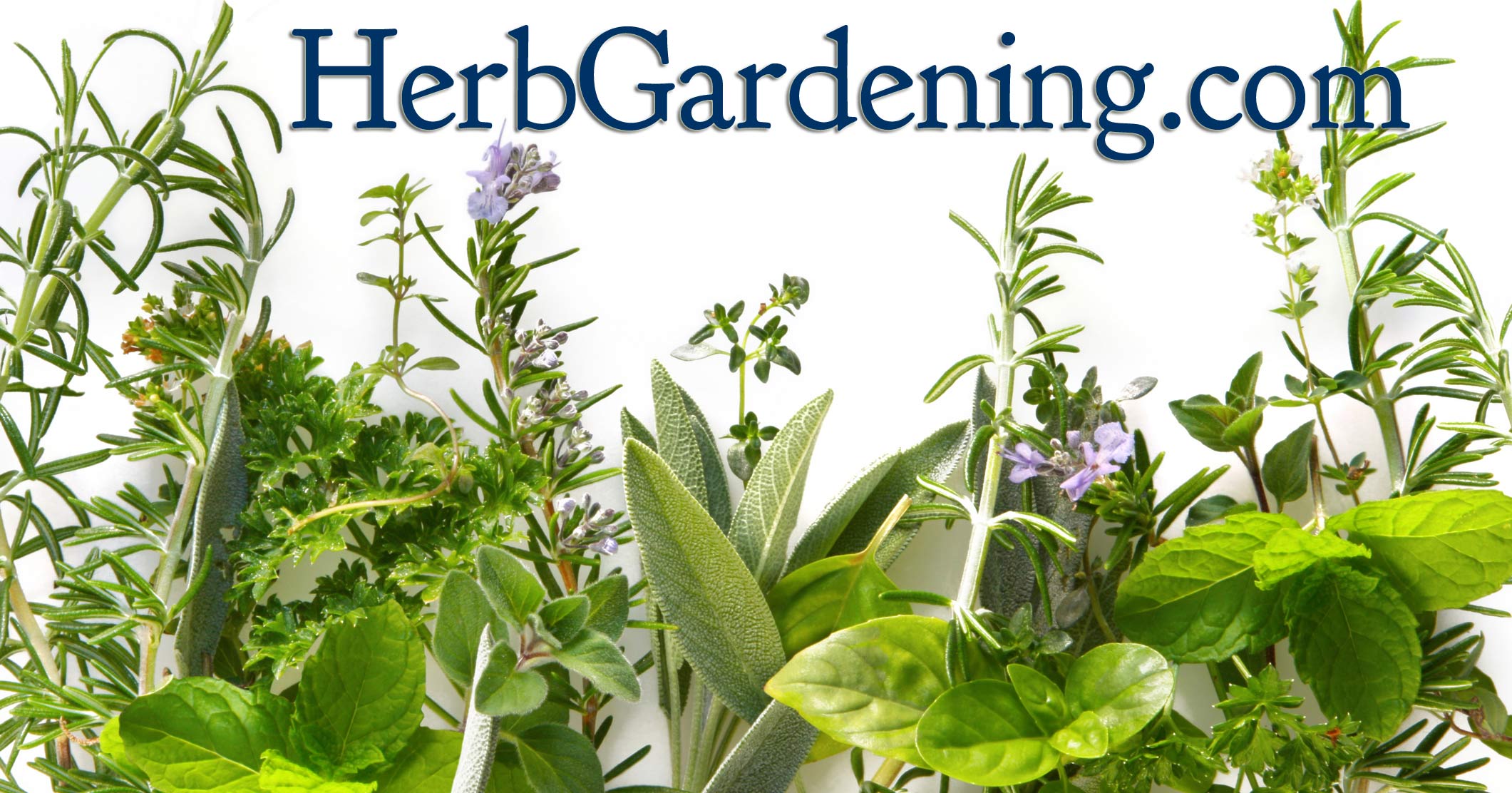How To Grow Chervil
Anthriscus cerefolium

Chervil (Anthriscus cerefolium) is a cool season annual and grows anywhere between 12 inches and 24 inches tall. Its appearance resembles parsley. Chervil blooms in small white flowers that form umbels, May through July. The leaves have a mild aniseed taste. Chervil has medicinal and culinary uses. In French cuisine, it is one of the four herbs, along with chives, tarragon, and parsley, which make up the delicate bouquet “fines herbes”.
Chervil serves as an excellent companion plant for carrots and radishes and is reported to make radishes hotter and crisper when grown near one another. It also grows well with cilantro/coriander and dill, making them an ideal grouping for containers. It has also been reported to protect lettuces from aphids and other insects when companion planted.
Growing the Herb Chervil
The seeds of chervil can be sown in spring and fall, or in successive sowings every 2 to 3 weeks up to 6 weeks before the first frost. Chervil is great for growing in containers or large tubs. The seedlings are too fragile to transplant, so they should be planted in their permanent location. Sow a group of 5 seeds just below the surface of the soil, each group 12 inches apart, cover with soil and firm down. Keep chervil watered at all times. When the seedlings reach approximately 2 inches tall, thin to 4 inches between plants. The ideal location for chervil is partial shade in summer and sun in the winter, in a somewhat sheltered area, such as under a deciduous tree. Chervil can be picked any time of the year.
Growing Cultures
In containers or sown directly into the soil. Chervil does not transplant well.
Plant Height
Chervil usually grows to a height of 12 to 24 inches (30 - 60cm).
Plant Spacing
Space Chervil plants 12 inches (30 cm) apart.
Preferred pH Range
Chervil will grow in a wide pH range between 5.0 (strongly acidic) and 8.2 (alkaline) with an ideal range between 5.5 and 7.0.
Propagation
Chervil is most commonly propagated by seed. Chervil seed should be planted outdoors about 2 weeks before the last frost. The seeds need light to germinate and should therefore be planted in uncovered 1/2-1 inch deep furrows outdoors.
Seed Germination Period
Chervil seeds will germinate in soil between approximately 7 and 14 days. New seeds should be planted every few weeks for a continuous harvest throughout the season.
Number of Seeds per Gram
There are between approximately 400 and 500 chervil seeds per gram.
Soil Requirements
Chervil does well in rich, loamy soils with lots of compost added.
Alternative Growing Media
Soilless potting mixes (Pro-Mix, Sunshine Mix, etc.), rockwool, coco peat.
Sun & Lighting Requirements
Chervil grown outdoors prefers full sun in the winter, and light shade during summer months.
Chervil will grow well using high output T5 fluorescent plant growing lights as it prefers cool temperatures indoors not much over 60 degrees. HID grow lights are not recommended unless adequate heat exhaust and/or air conditioning is provided.
Keep high output fluorescents approximately one foot above the plants.
Have an oscillating fan gently stir seedlings for at least 2 hours per day to stimulate a more compact, and sturdier plant habit.
USDA Hardiness
Annual, not applicable.
Water Requirements
Chervil should be kept consistently moist. It does not like hot and dry conditions.
Potential Plant Pests and Diseases
Chervil is susceptible to aphids, slugs, deer and small animals, such as groundhogs and rabbits.
Companion Planting
Chervil is beneficial to lettuce and broccoli when planted nearby. It repels aphids and grows well with other shade-tolerant food plants. Chervil planted near radishes imparts a spicier flavor to the radishes, a plus or minus depending on your personal tastes.
Special Notes
Chervil seeds do not germinate well after the first year. Always plant current season labeled Chervil seeds.
Buy Chervil Seeds by Botanical Interests
Heirloom Chervil Seeds
Chervil resembles parsley, yet has a distinct but not overpowering licorice or anise flavor. The fresh leaves are mixed with salads, fish, meats, egg dishes, and cool summer drinks.




